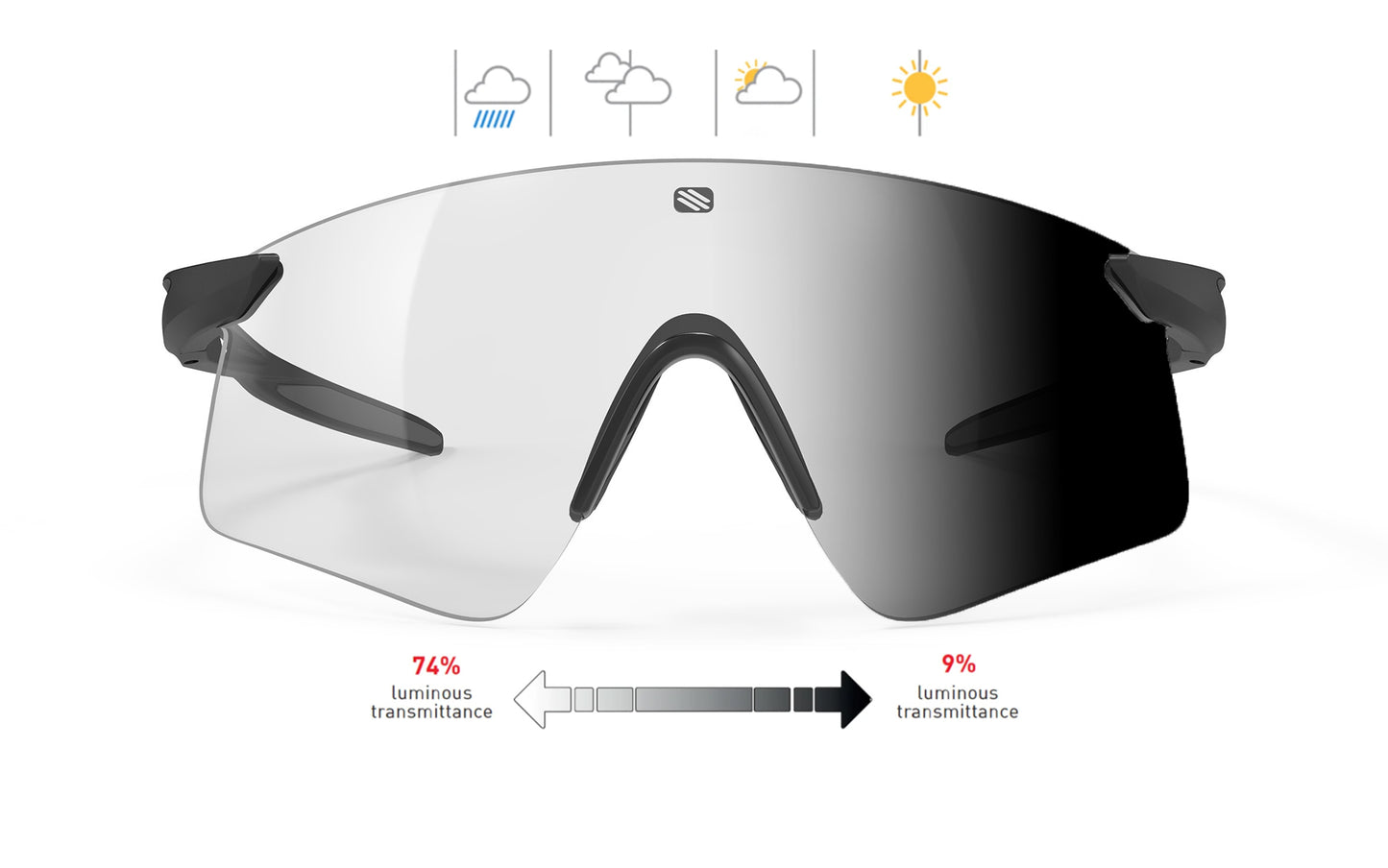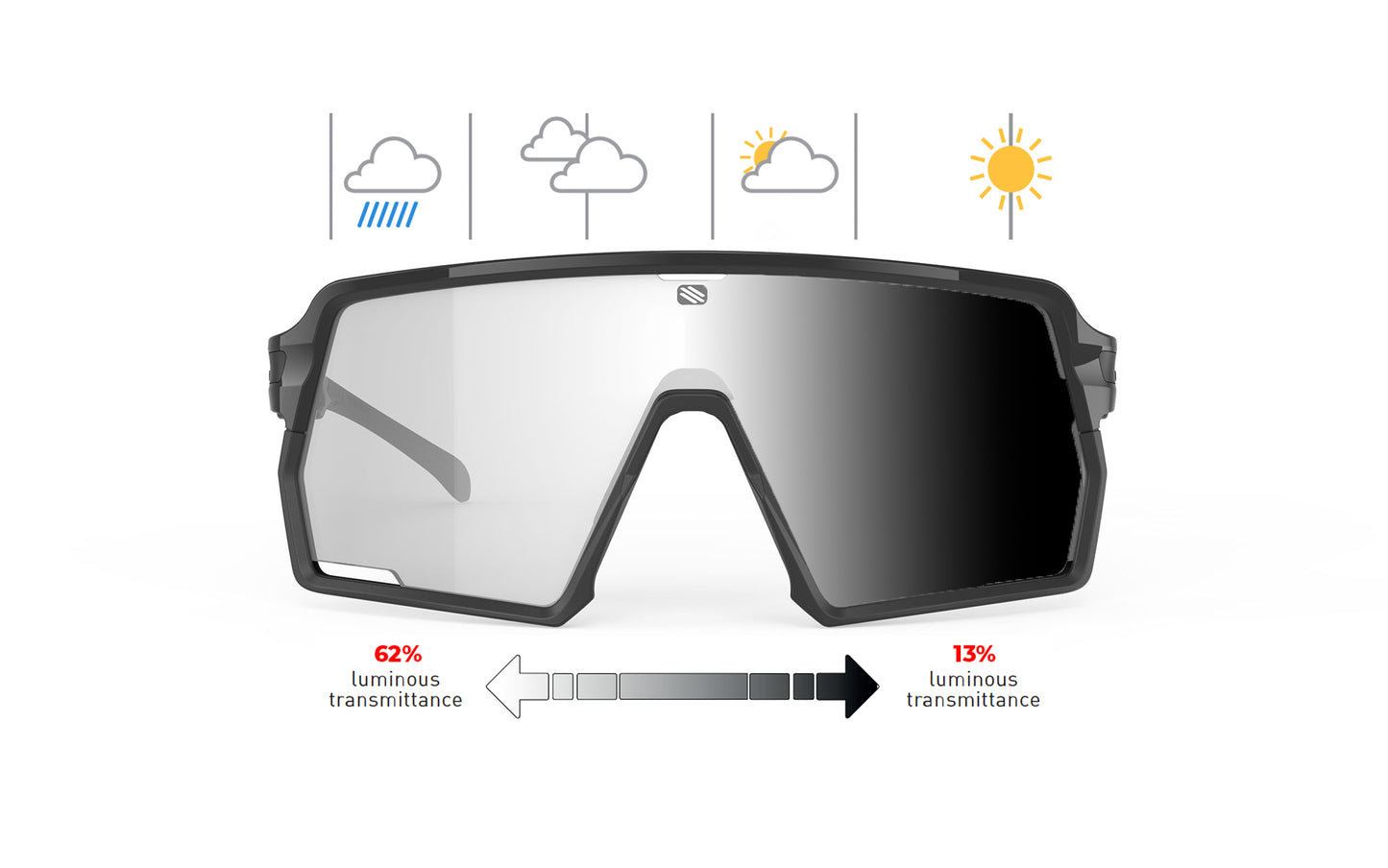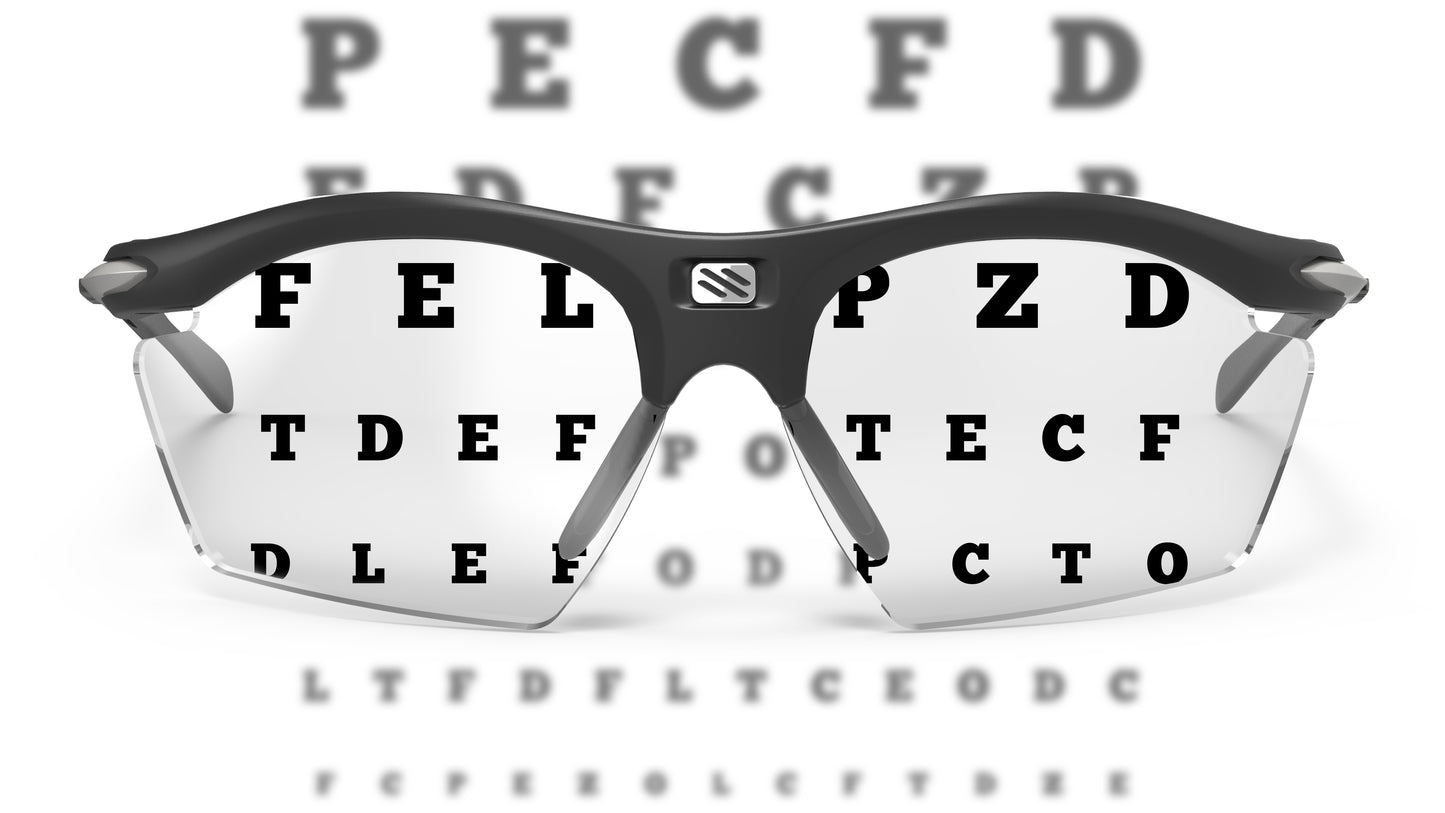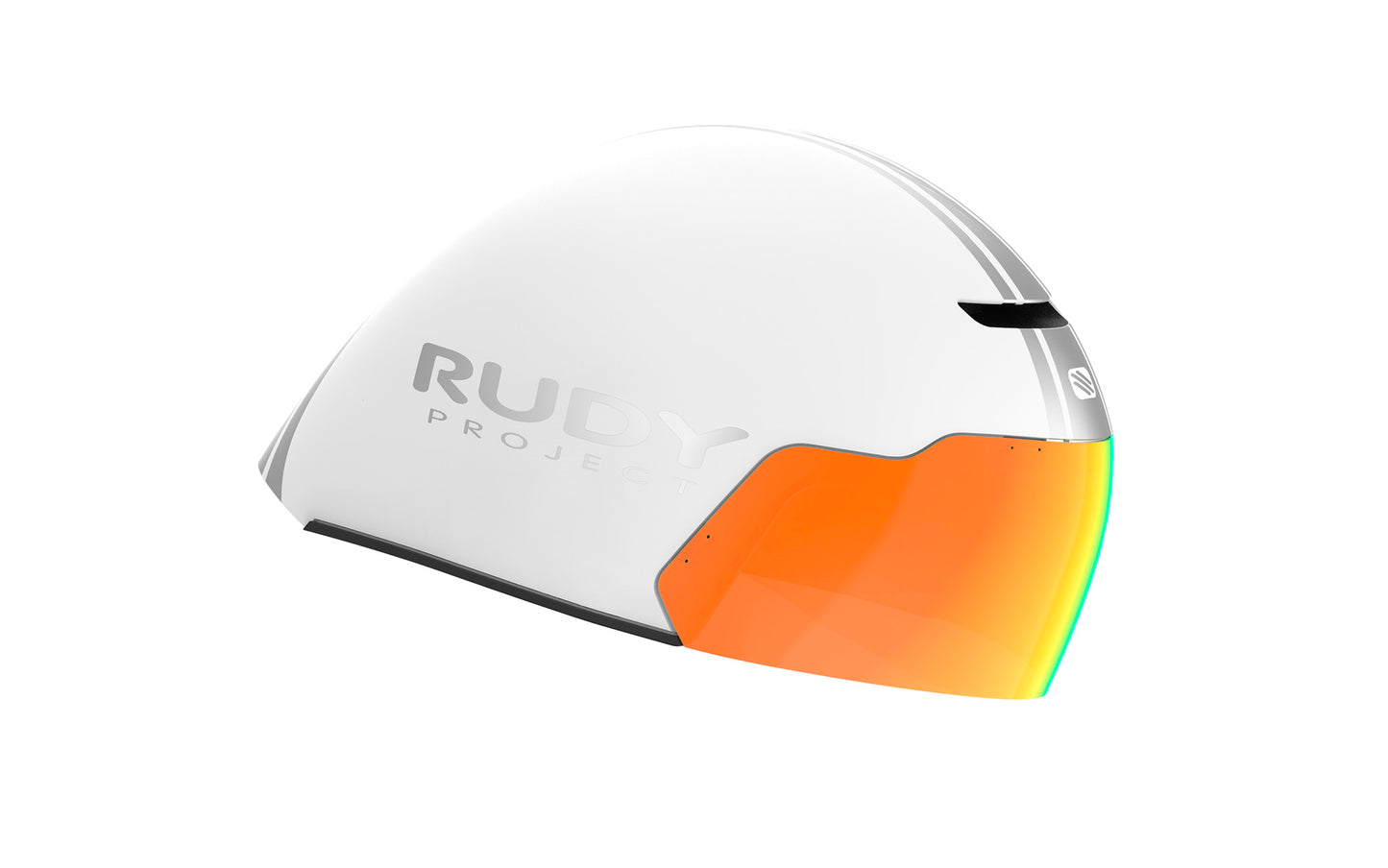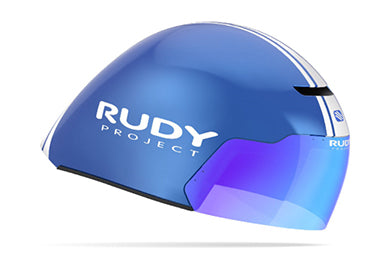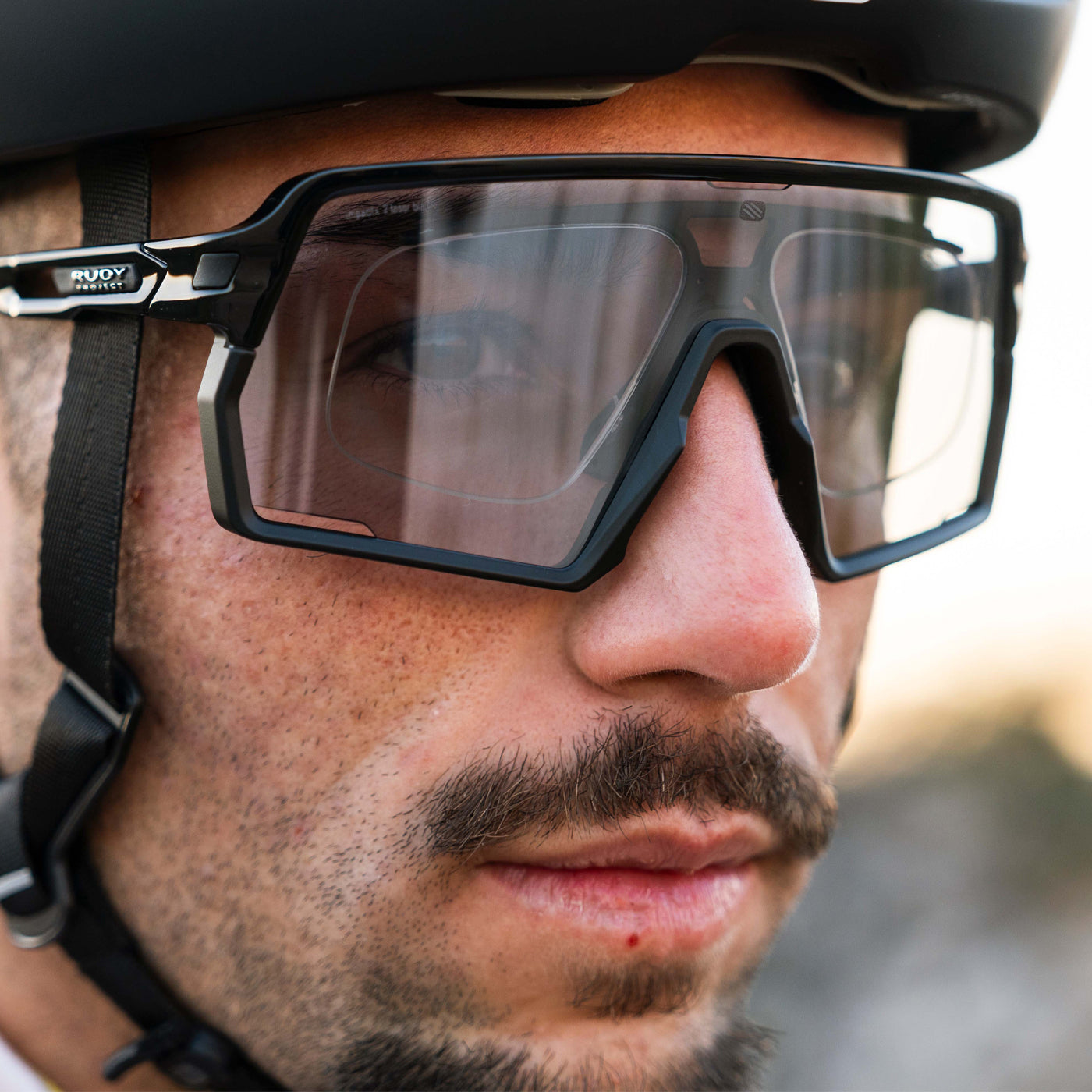
If you're reading this, you're already aware of the importance of wearing a bike helmet for noggin protection. Helmets are essential for safety, and in some regions, like Australia, wearing one is mandated by law. Every helmet sold in Australia must meet one of six standards for impact protection. But beyond meeting standards, there are additional considerations to keep in mind when selecting a bike helmet, especially when it comes to fit and comfort.
Key Factors When Choosing a Bike Helmet
-
Proper Fit Above all, ensure your helmet fits properly. A poor fit can compromise both your safety and comfort, leading to a reluctance to wear it. Helmets come in various sizes, so it's crucial to find one that matches your head circumference accurately.
-
Style of Riding Helmets are categorized based on riding styles:
- Road Helmets: Designed for speed and aerodynamics.
- Mountain Bike Helmets: Built for rugged trails and provide more coverage.
- Urban Helmets: Offer a blend of style and functionality for city rides.
Despite these categories, a road helmet can be used on a trail, and a mountain bike helmet can be worn on the road. The key is comfort and protection.
Bike Helmet Fit and Comfort
A well-fitting helmet is essential. An ill-fitting helmet can diminish its effectiveness in a crash and become uncomfortable over long rides. You'll be wearing it for every mile, so comfort is crucial.
Measuring Your Head for a Rudy Project Helmet
To find the right size, you need to measure your head circumference. Here's how to do it:
-
Locate a Measuring Instrument Find a flexible measuring tape. If you don't have one, you can use a string and a ruler.
-
Take the Measurement Wrap the tape measure or string around the largest part of your head, about one inch above your eyebrows. Ensure the tape is level all the way around.
-
Determine Your Size Use the measurement to find your size on the helmet sizing chart. If you're between sizes, Rudy Project recommends opting for the smaller size for a snug fit.


